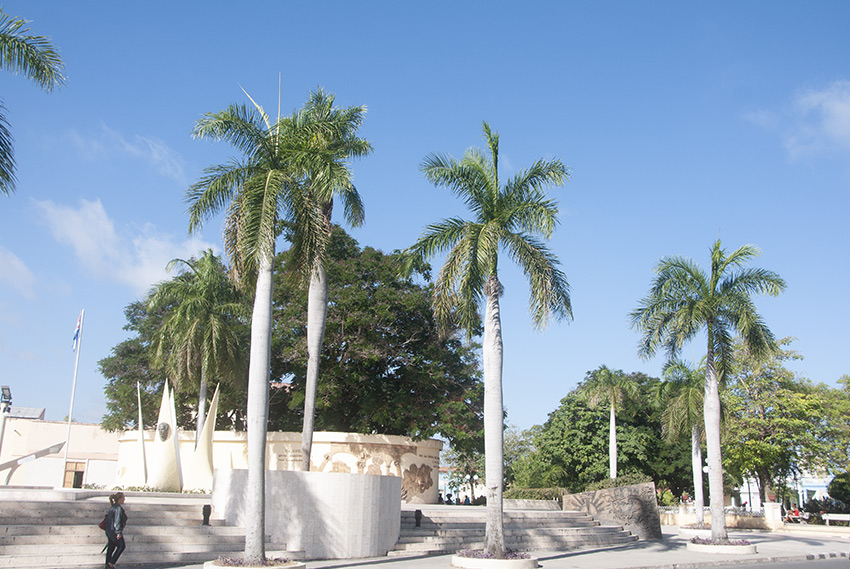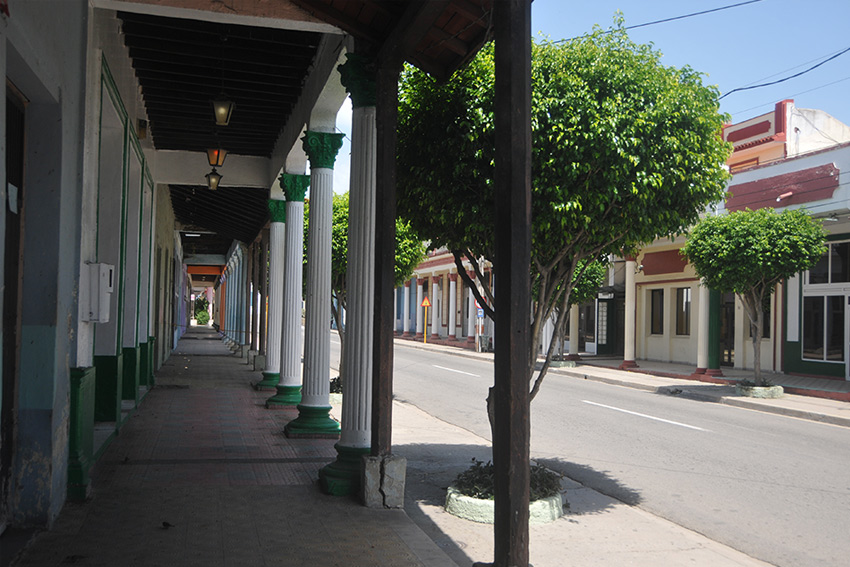
A married couple who had just arrived from a municipality asked: "Where are they selling detergent and oil around here? There, at the Gúmer store," a passerby walking along the Boulevard in the city of Las Tunas told them.
When the couple went to the indicated store, they saw a light sign that read "El Balcón de Oriente" (The Balcony of Eastern Cuba). Then they asked one of the sales clerks where the Gúmer was. And she answered, here, this is the Gúmer.
Some things are difficult to erase, not only the Gúmer, and, of course, I am not suggesting changes in the Cupet where fuels are offered, only to illustrate how the names of places take root in people, but the truth is that three service centers are still called by their old names: Texaco, El Panchito, and Bonachea.
Other realities like these can be found, but the case that concerns us, the establishments of Commerce and gastronomic services, has led to confusion and to subtract from a city that next September 30 will be 225 years old.
 Then, there is a contradiction because some names baptized by their corresponding owners before 1959 are preserved, while others suffered changes once and twice. There are several examples.
Then, there is a contradiction because some names baptized by their corresponding owners before 1959 are preserved, while others suffered changes once and twice. There are several examples.
The Tunas Theater, whose original name is Rivera, in allusion to the Spaniard Isaac Rivera Castro, who conceived this facility in 1947, became the largest building of the time and remains the most important cultural venue in the province.
This emblematic center, in the very heart of the capital city, can be given back the name of Rivera, a Spaniard who, when the coliseum was nationalized, quietly left for his country.
If the return to the original one is not conceivable, it can be decided by another one, like that of Alfonso Silvestre, an outstanding actor who, when he retired, decided to spend his last years of life in the house where he was born and grew up in the city of Las Tunas, a block away from the large building.
Even on the opening day of the "Rivera" the cultural group Pro-Arte, directed by this artist, performed. On the other hand, the Cadillac Hotel was given back its nickname, a reasonable decision to defend the patrimonial where, in its small lobby, are exhibited images of different models of the famous American automobile.
Another contradiction is El Reymar, a name that has not undergone any change and that many people relate to the seafood offer; but it is not so, it is the anagram of its former owners: the brothers Reynaldo and Mario.
When Las Tunas was the venue of the Central Act for July 26th in 1981, other descriptions arose from the contribution given by the provinces that supported the restoration of works.
Thus the cafeteria La Dichosa came to be called La Holguinera (now La Colón), and the Casino (now Santiago) and Imperial (first Bayamo, now Caribe) hotels have not been renamed either.
In contrast, the heritage has been well defended in the main units that six decades ago the population called clothing stores: La Casa Azul, La Reforma, El Telégrafo, and the Sportsman.
In addition, several districts of the city whose lands were born with the designation of their owners before 1959, remain intact; namely, Aguilera, Pena, Aurora, Velázquez, and Santos.
Would it be prudent, then, that in the future, places built in those years, such as La Fuente service complex, the Taíno cabaret, El Tanque cultural center, Las Palmeras theme park, or El Tunero and El Mambí agricultural markets, change their names?
Transformation, even if it is to assume a new social purpose, does not always require changing the name of the buildings. Keeping the original is to defend the identity that has been submerged for generations, and to seek greater uniformity and harmony in the city, known by the epithet Balcón de Oriente since the pseudo-republic.






